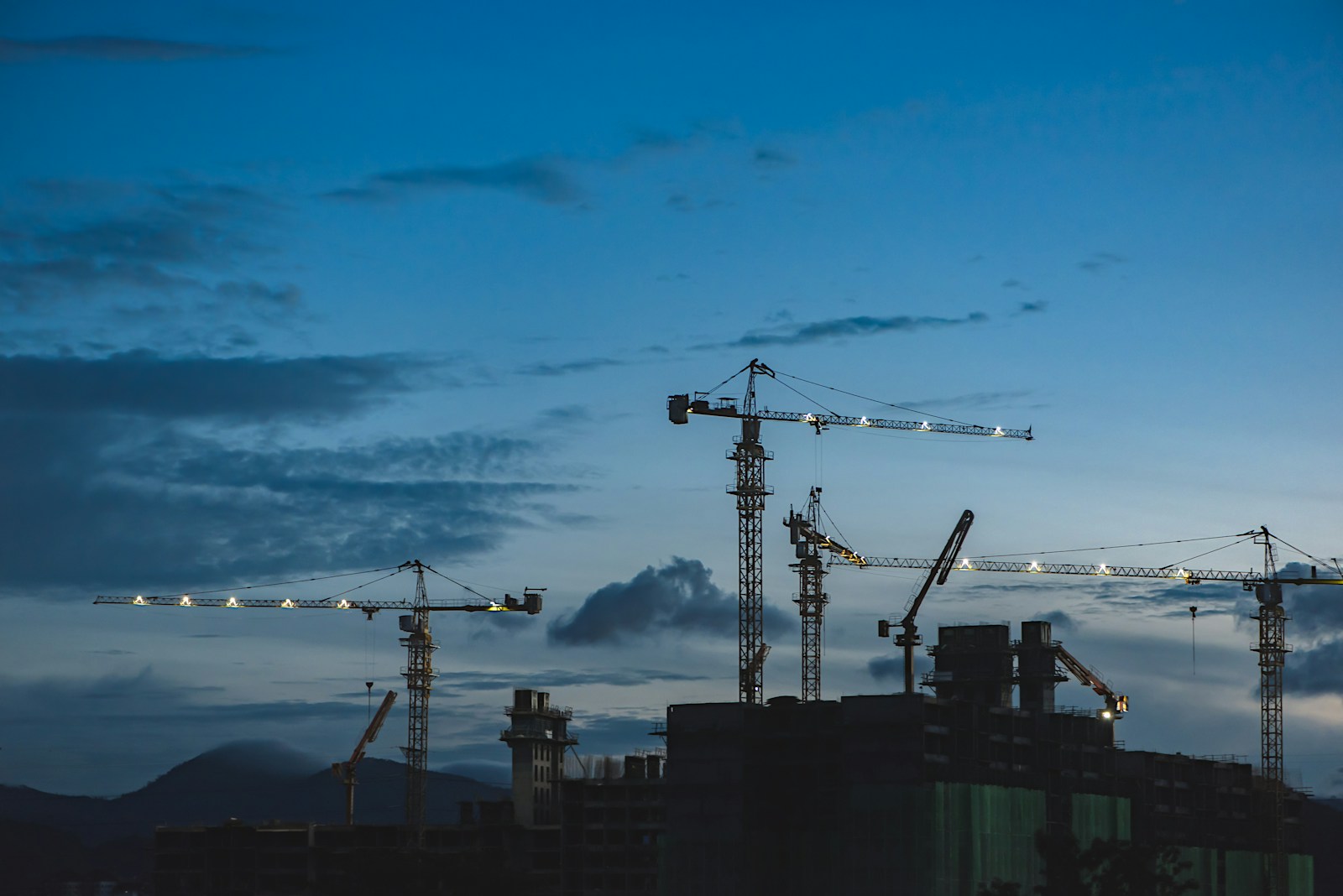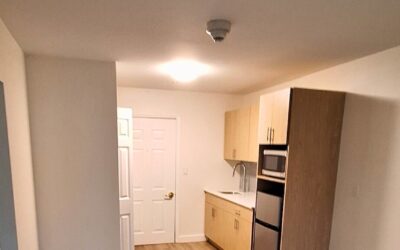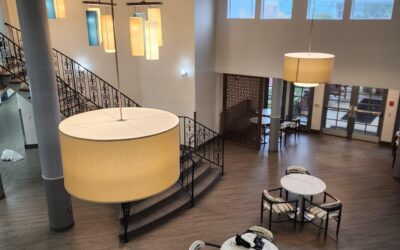The construction industry is evolving, and the design-build method is quickly becoming a preferred model for many developers. Offering a streamlined process that combines design and construction services under one contract, this approach is reshaping how building projects are managed and executed—saving time, minimizing risks, and ensuring superior outcomes.
For building developers, real estate professionals, and property investors, understanding how design-build works and how it compares to traditional methods is crucial. If you’re seeking efficiency, cost control, and better collaboration in your projects, this guide will walk you through the essentials of design-build construction, its benefits, and how to choose the right firm for your needs.
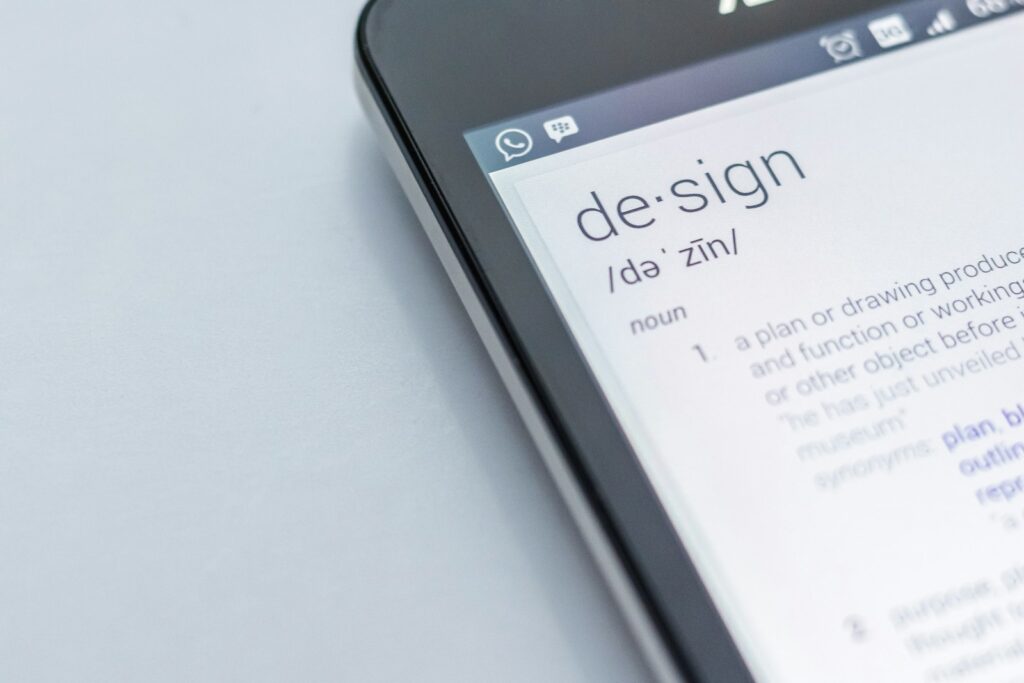 ,
,What is Design-Build Construction?
Definition of Design-Build Construction
Design-build construction is a project delivery method that integrates the design and construction phases of a building project into a single contract. This approach allows for a more streamlined and efficient process, as the design-build team is responsible for both the design and construction of the project. The design-build method has been gaining popularity in recent years due to its ability to reduce costs, improve communication, and increase project efficiency.
A Comprehensive Approach
Design-build construction is a project delivery method that unites all aspects of design and construction under a single contract. Working with a design build construction company offers numerous benefits, including improved communication, cost efficiency, and streamlined project delivery due to the unified management under one contract. Unlike traditional approaches—where the owner must manage separate contracts for designers and contractors—design-build simplifies project delivery with a single point of contact. This model allows for greater collaboration between all parties involved.
Why It’s Different
Traditionally, the design-bid-build approach followed a linear process where design is completed before construction begins. Design-build overlaps these phases. Design build firms streamline construction projects by combining design and construction under a single contract, which reduces timeframes and enables better communication among stakeholders. This collaborative relationship between design-build teams and project owners also leads to cost reduction and increased efficiency compared to traditional methods.
Streamlined Responsibility
Key to design-build is its “single source” accountability. This means the same entity manages everything—ensuring coordination between architectural design, cost control, and physical construction. Owners no longer have to mediate between architects and contractors, which reduces disputes and produces quicker, higher-quality results.

Benefits of Design-Build Construction
1. Cost Savings
- Early cost estimation ensures realistic budgets that help avoid financial surprises.
- The unified team minimizes costly errors, change orders, and design miscommunication.
- Efficient use of materials and labor reduces overall expenditures compared to traditional project delivery systems.
2. Faster Project Delivery
The overlapping design and construction phases significantly shorten timelines for construction projects.
Work begins before final plans are completed, allowing simultaneous preparation of the site and other foundational work.
Streamlined project schedules mean quicker occupancy and earlier revenue generation for commercial developments.
3. Hassle-Free Relationships
- Owners benefit from a collaborative environment where architects, engineers, and contractors work toward shared goals.
- Improved communication eliminates much of the conflict seen in traditional construction methods.
- A single contract reduces the complexity of managing multiple agreements, freeing up time for project owners.
4. Reduced Risk
- With a single point of accountability, the design-builder assumes responsibility for all risks, including cost overruns and schedule delays.
- Owners no longer have to mediate disputes between design and construction teams.
5. Enhanced Collaboration
- Bringing architects, engineers, and contractors together from the start creates better alignment around the project vision.
- The collective expertise leads to more innovative problem-solving and refined outcomes.
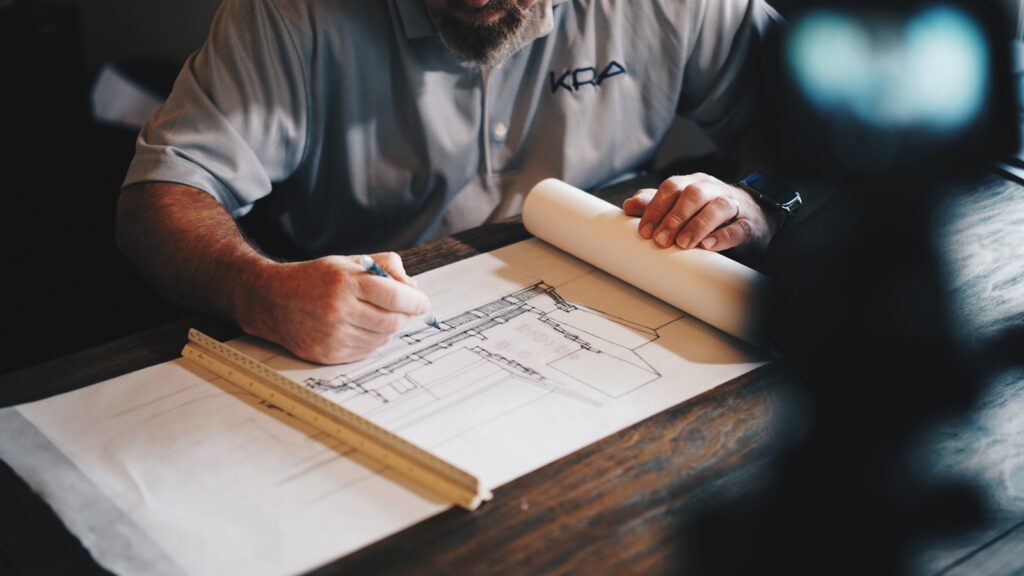
Key Features of Design-Build Construction
Design-build construction has several key features that distinguish it from other project delivery methods. These features include:
- A single contract that covers both design and construction services
- A design-build team that is responsible for both the design and construction of the project
- A collaborative approach that encourages communication and coordination between the design-build team and the project owner
- A focus on cost savings and efficiency through the use of value engineering and other cost-saving strategies
- A streamlined process that allows for faster project completion and reduced administrative paperwork
Collaboration and Transparency
One of the key benefits of design-build construction is the collaborative approach that it encourages. The design-build team works closely with the project owner to understand their needs and goals, and to develop a design and construction plan that meets those needs. This approach promotes transparency and communication throughout the project, which can help to reduce misunderstandings and errors.
Flexibility and Adaptability
Design-build construction is also highly flexible and adaptable, which can be beneficial for projects that require a high degree of customization or that involve complex design or construction elements. The design-build team can work closely with the project owner to develop a design and construction plan that meets their specific needs and goals, and can make adjustments as needed throughout the project.
By integrating the design and construction phases of a building project into a single contract, design-build construction offers a number of benefits, including cost savings, improved communication, and increased project efficiency. The collaborative approach and risk mitigation strategies used in design-build construction can also help to reduce the risk of cost overruns, delays, and other project-related risks.
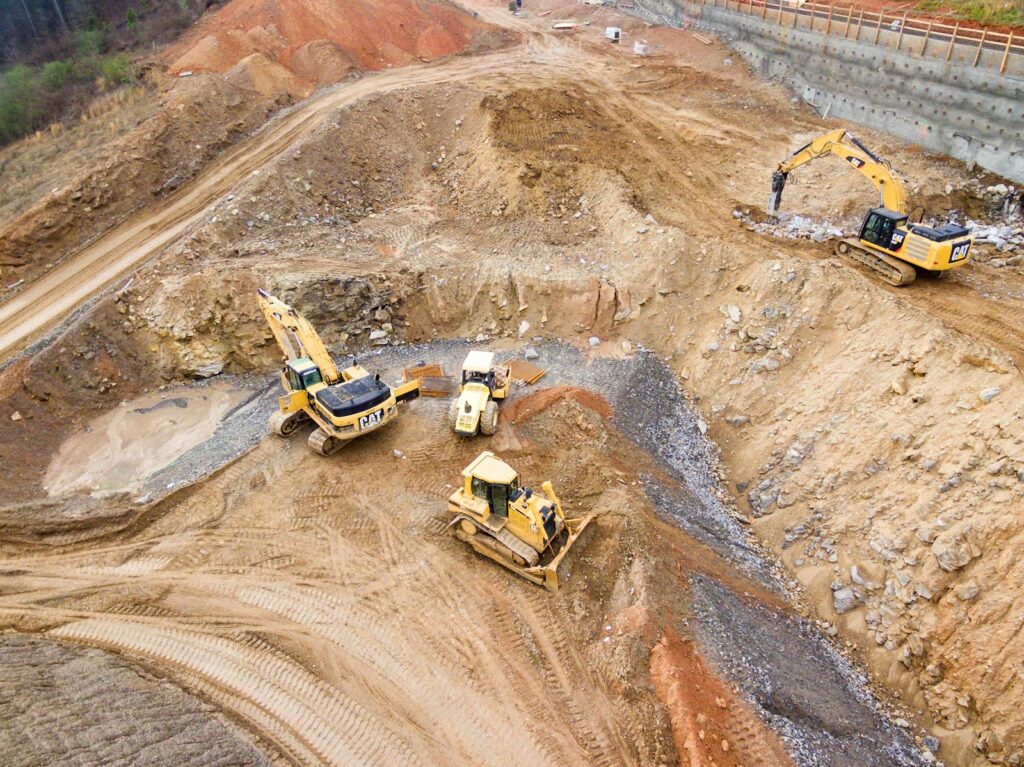
The Design-Build Process
Site Selection
Selecting the right location is a crucial first step. The design-build team evaluates potential sites for feasibility and assists owners in identifying the best options to achieve their project goals.
Project Conception and Feasibility
During this phase, the project scope, budget, and timeline are solidified. The design-build team creates preliminary plans and estimates to assess viability.
Preliminary Design and Cost Estimation
Using tools like Building Information Modeling (BIM) and Virtual Design and Construction (VDC), the project team provides visual representations and accurate cost forecasts.
Team Selection
Choosing the right design-build team is key. Design build teams play a crucial role in various phases of project development, from project conception and preliminary design to cost estimation. Owners should prioritize firms with proven expertise, excellent communication, and design-build experience.
Design Phase
Concepts are developed into detailed plans. This phase involves active collaboration between the owner and the design-build firm, ensuring the project vision, budget, and goals are aligned.
Construction Phase
The design-builder manages the construction process, overseeing subcontractors and ensuring schedules and budgets are maintained. Real-time reporting keeps owners informed.
Project Closeout
Once construction is complete, the design-build team hands over the finished project, provides necessary documentation, and conducts a post-construction review to ensure client satisfaction.
Advantages of Hiring a Design-Build Firm
The success of your design-build project depends on the expertise and reliability of the firm you choose. A great design-build firm offers:
- Experienced Teams: Skilled architects, engineers, and project managers ensure superior quality.
- Transparency and Collaboration: Maintaining open communication with clients throughout the process.
- Proven Results: Case studies and past projects reflect a track record of successful, timely delivery.
At South Coast Improvement Company, we bring over 30 years of expertise to design-build projects, combining cutting-edge methods with a commitment to client satisfaction.
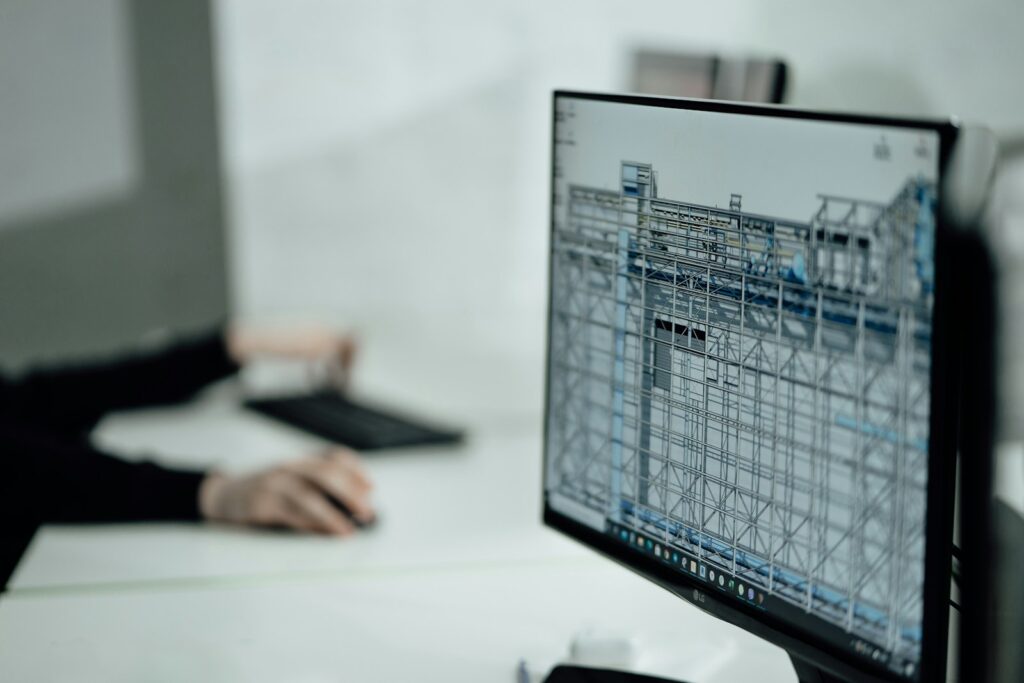
Types of Projects That Benefit from Design-Build
Design-build is ideal for several project types, including:
- Commercial Projects: Like office buildings, retail spaces, and warehouses.
- Residential Developments: Such as apartments, townhouses, and high-end homes.
- Complex Projects: Hospitals, schools, government facilities, and more.
Addressing Common Design-Build Concerns
“Does Design-Build Limit Client Control?”
While design responsibilities fall to the team, clients retain decision-making authority throughout the process. Transparency and collaborative planning foster trust and ensure all requirements are met.
“Is Design-Build Expensive?”
Though initial costs may seem higher, design-build avoids expensive overruns, delays, and miscommunications. The long-term savings make it a cost-effective choice.
“Can Design-Build Handle Unplanned Changes?”
Absolutely. The integrated nature of design-build allows for flexibility and adaptability as projects evolve, reducing upheaval caused by scope changes.
Why Design-Build is the Future of Construction
The construction industry is moving away from outdated, fragmented methods. According to a study by the Design-Build Institute of America, design-build now accounts for nearly half of U.S. construction spending. Its continued growth reflects its ability to address real-world challenges—offering faster delivery, cost savings, and higher quality.
The collaborative nature of this approach, combined with advancements in technology like BIM and VDC, makes design-build the preferred method for modern enterprises seeking to stay competitive.

Take Your Project to the Next Level
Interested in reaping the benefits of design-build construction for your next project? Contact South Coast Improvement Company to schedule a consultation. Our portfolio showcases decades of successful delivery across industries, and we’d be delighted to help bring your vision to life.
Additionally, you can download our free guide on the benefits of design-build construction or subscribe to our newsletter for the latest insights and trends in the construction industry.
Don’t keep this knowledge to yourself—share this post with your network and help others discover the advantages of this innovative approach!
Learn More and Resources | Design Build Construction
Expand your knowledge about design-build construction with these helpful resources:
- The Design-Build Institute of America (DBIA) – Explore detailed insights, case studies, and best practices directly from the leading authority on design-build construction.
- National Institute of Building Sciences – Learn about the broader scope of innovative building techniques and how design-build fits into modern construction trends.
- U.S. General Services Administration (GSA) on Design-Build – Gain a governmental perspective on how design-build projects are implemented effectively.
- Harvard Business Review on Project Delivery Methods – Understand the strategic and operational advantages of design-build compared to other project delivery models.
- Design-Build Institute of America (DBIA) Resources – Access a wealth of tools, certifications, and networking opportunities specifically tailored to design-build professionals.
- Construction Business Owner Magazine on Design-Build – Discover in-depth articles, tips, and industry news that highlight the impact of design-build on the construction business landscape.
- American Institute of Architects (AIA) – Explore insights on how architects collaborate within the design-build process to deliver innovative and efficient projects.
- Engineering News-Record (ENR) – Stay informed with the latest news, trends, and analysis focused on the engineering and construction industries, including updates on design-build innovations.
- Lean Construction Institute (LCI) – Delve into how lean principles are integrated into design-build to optimize efficiency and reduce waste on construction projects.
These resources provide valuable information to help you make informed decisions about using design-build for your future projects.
View Our Work
Brandywine Haverford Estates by Monarch
South Coast Improvement Company has completed interior renovations at the senior living community, Brandywine Haverford Estates by Monarch. We were entrusted with enhancing the facilities, and the results speak for themselves. The team brought diligence and...
Nouveau Marc by Barclay House
South Coast Improvement Company proudly partnering with QSL Management delivered a comprehensive renovation at Nouveau Marc by Barclay House, a premier senior living community. This project focused on revitalizing key resident areas with an emphasis on safety,...
